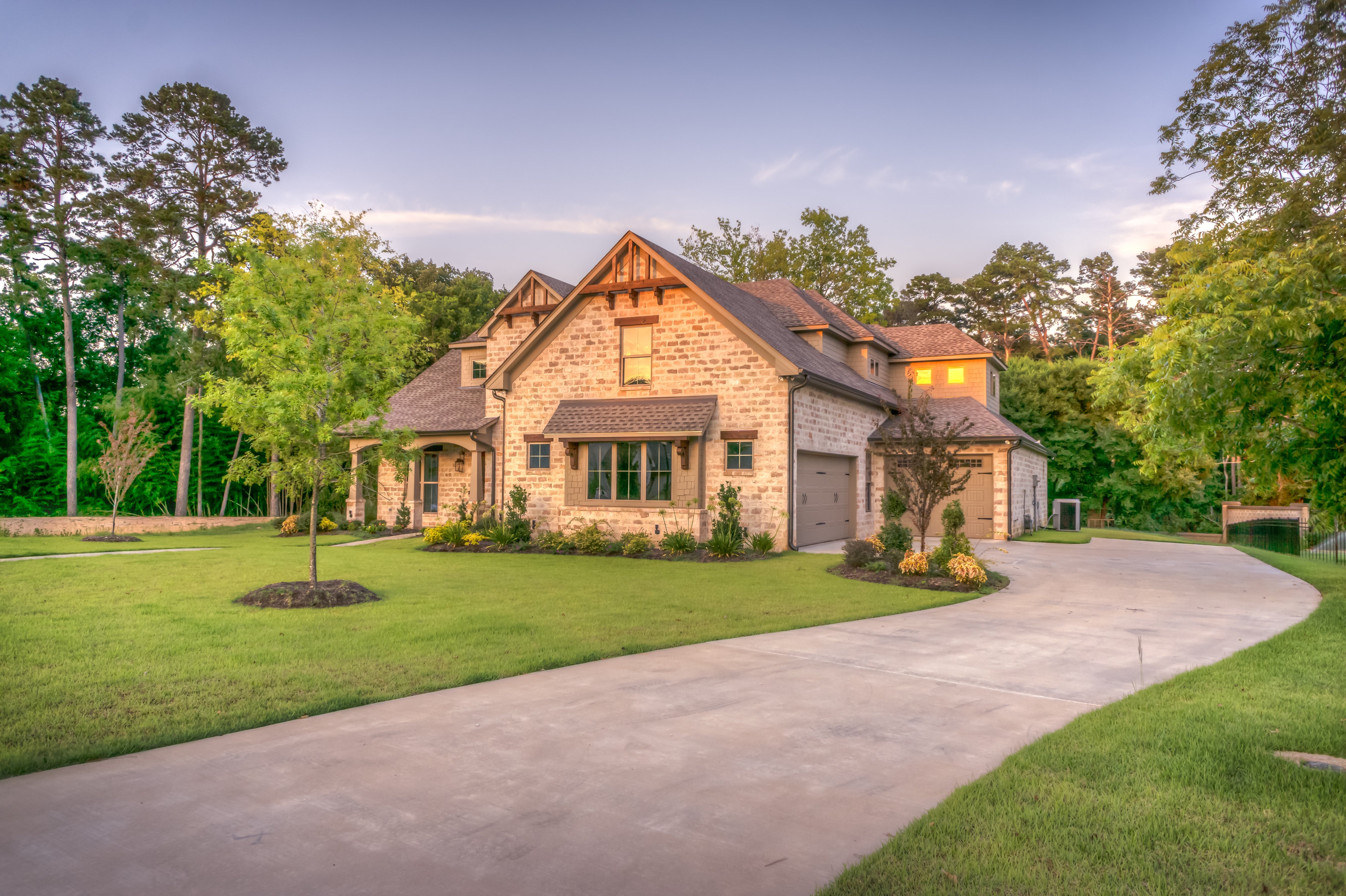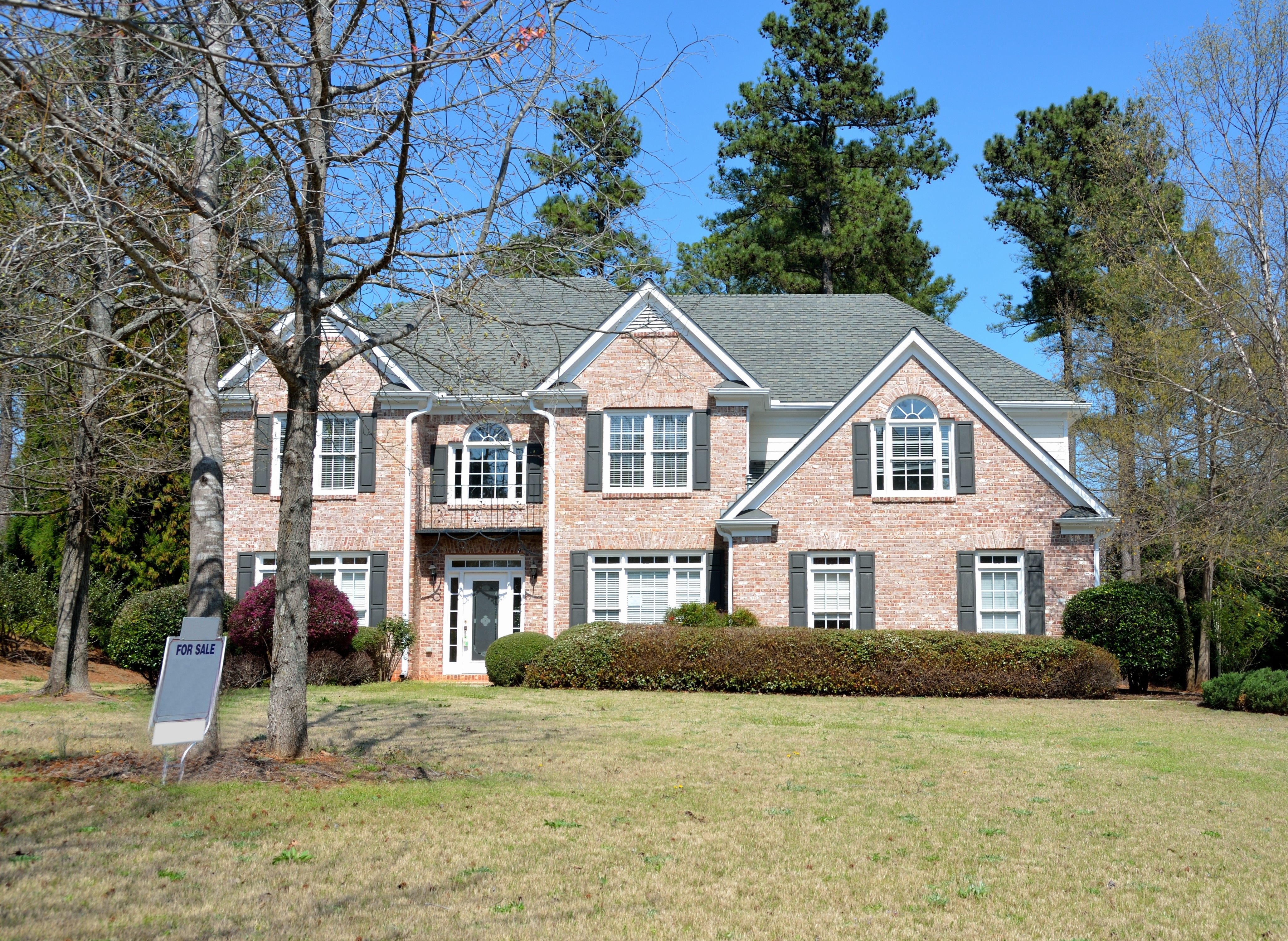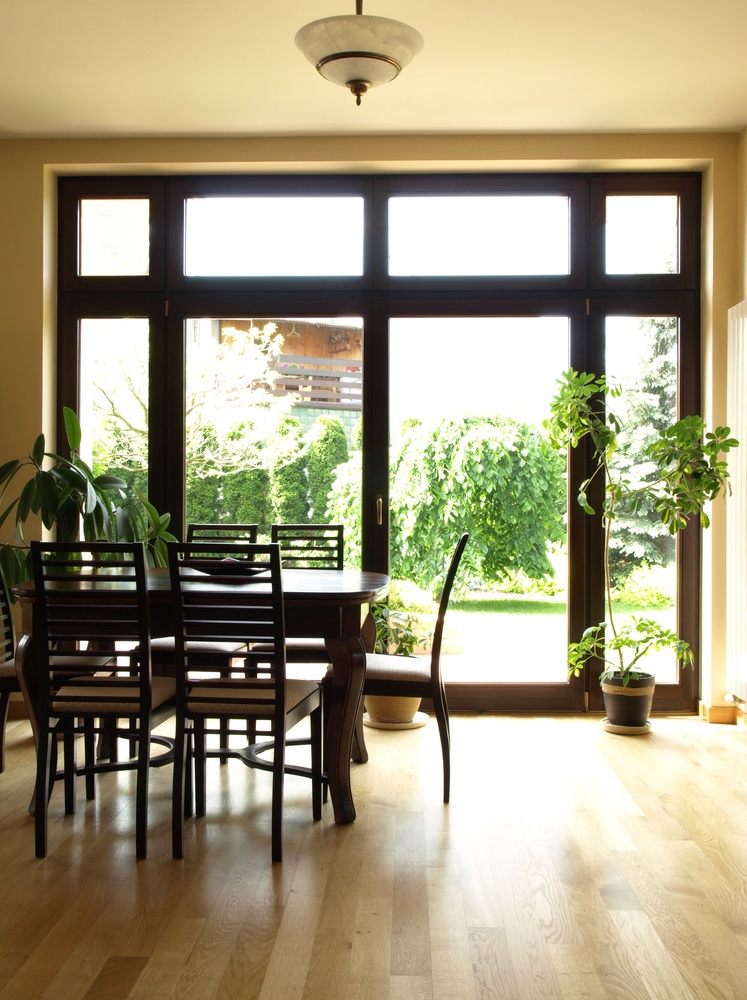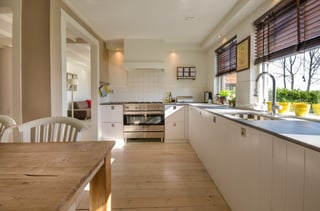 Home improvement projects can be a bit of a balancing act. Ultimately, the goal to get a great return when it's time to sell the home. However, the price of remodeling projects is increasing, while the likelihood of getting a good return is going in the opposite direction. Make the right choices to help your DC home sell for the right price.
Home improvement projects can be a bit of a balancing act. Ultimately, the goal to get a great return when it's time to sell the home. However, the price of remodeling projects is increasing, while the likelihood of getting a good return is going in the opposite direction. Make the right choices to help your DC home sell for the right price.
Make some space
Adding square footage to a home is one of the best ways to increase its value. In fact, the National Association of Realtors has found adding 1,000 square feet to a home can drive up the sale price by 30 percent. Still, additions are one of the more expensive projects for D.C. residents. A 2015 report from HomeAdvisor found the average price for an addition was around $70,000.
It is important to be selective when investing in a home addition. Studies have found that both bedroom and bathroom additions add the most value to a home. A bathroom addition generates an average 86 percent return on the investment. While bedrooms can reach around an 84 percent return. Some buyers also like rooms they can use for hobbies, such as a home office or an exercise room.
Invest in an upgrade
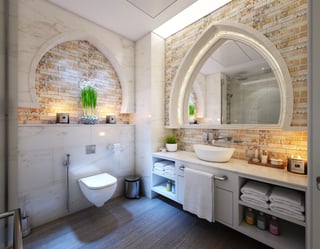 The kitchen and the bathroom are two spaces where people spend a lot of time homes. As such, upgrades to either area generally have a high return on investment. When it comes to bathrooms, the data show that a bathroom remodel can turn over more than 100 percent of its cost at resale. As a thumb of thumb, buyers will pick a large shower over a bathtub. Steam showers or showers with multiple faucets are also popular.
The kitchen and the bathroom are two spaces where people spend a lot of time homes. As such, upgrades to either area generally have a high return on investment. When it comes to bathrooms, the data show that a bathroom remodel can turn over more than 100 percent of its cost at resale. As a thumb of thumb, buyers will pick a large shower over a bathtub. Steam showers or showers with multiple faucets are also popular.
In DC, minor kitchen upgrades can make a big difference to the buyer. Kitchens benefit most from new appliances, stone countertops, and cabinet replacements. The safest bet is using quality materials, such as stainless steel and natural wood. Try using a home improvement calculator to estimate the amount of money you should spend on a kitchen upgrade.
Go green
Making your home more energy efficient is attractive to buyers and good for the environment. According to the DC Department of Energy & Environment found that buyers were willing to pay between $10,000 and $50,000 more for a home with green features. Furthermore, some homes can even provide income for homeowners through Solar Renewable Energy Credits.
One way to make a home more environmentally friendly is to install energy-efficient light bulbs. LED lights last longer than standard light bulbs and only use 2 to 17 watts of electricity. Energy Star appliances are also in high demand because they consume less energy. While solar panels may be the most expensive home improvement project upfront, they end up saving money in the long run.
Step up the curb appeal
None of the indoor home improvement projects will matter, if the home doesn’t look inviting from the outside. Some minor adjustments will help the home sell faster and for more money. Start by cleaning up the lawn, adding flowers, and putting down a fresh welcome mat. You should also evaluate the state of your siding and consider power washing any trouble spots.
On the east coast, a new roof is one of the best investments for the home. The data show that homeowners generally recoup 95 percent of the total cost. While expensive, replacing the siding also nets about 90 percent return on investment. If these projects seem excessive, consider replacing the front door. New doors offer additional security and curb appeal. A study by Remodeling Magazine also new entryways recoup approximately 97% of the total cost.
-----
Before you dive in, make sure to get an estimates from multiple contractors. Also, keep in mind market trends and consumer preferences. For example, garages are scarce in DC, so consider adding an external carport. With a little thought, you can greatly increase the value of your home.
Vincent Nezzer
Vincent Nezzer is a writer from the beautiful state of New Mexico. Today, he writes freelance blogs for a variety of online publications. His professional interests include travel, education, and personal branding.




